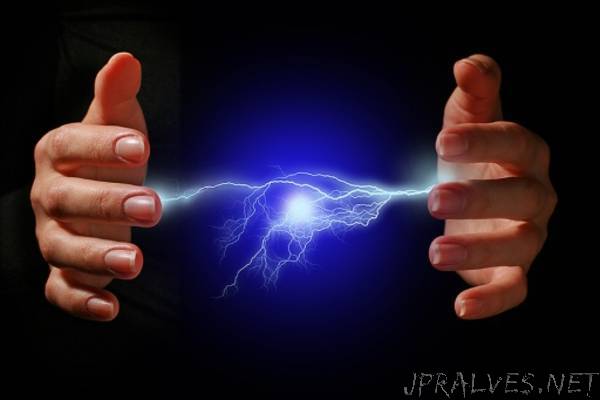
“Static electricity could charge our electronics
While common in everyday life, the science behind this phenomenon is not well understood
“Nearly everyone has zapped their finger on a doorknob or seen child’s hair stick to a balloon. To incorporate this energy into our electronics, we must better understand the driving forces behind it.”
Unhappy with the life of your smartphone battery?
Thought so.
Help could be on the way from one of the most common, yet poorly understood, forms of power generation: static electricity.
“Nearly everyone has zapped their finger on a doorknob or seen child’s hair stick to a balloon. To incorporate this energy into our electronics, we must better understand the driving forces behind it,” says James Chen, PhD, assistant professor in the Department of Mechanical and Aerospace Engineering in the School of Engineering and Applied Sciences at the University at Buffalo.
Chen is a co-author of a study in the December issue of the Journal of Electrostatics that suggests the cause of this hair-raising phenomenon is tiny structural changes that occur at the surface of materials when they come into contact with each other.
The finding could ultimately help technology companies create more sustainable and longer-lasting power sources for small electronic devices.”
